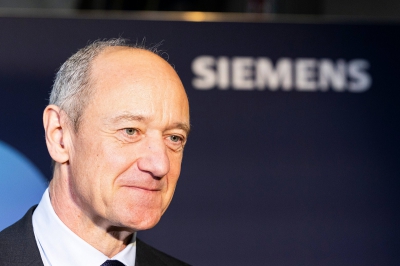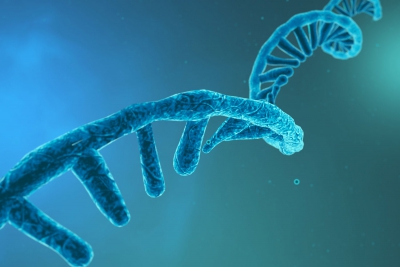
Recently, industrial software giant Siemens announced that it will spend $5.1 billion to acquire life science data company Dotmatics to expand its artificial intelligence business.
Siemens said that the acquisition is another strategic milestone for the company, extending its industrial software business from traditional manufacturing to life science fields such as pharmaceuticals, biotechnology, and medical research and development.
Through the acquisition of Dotmatics, Siemens will continue to combine digital twins and AI technologies to connect the entire process from life science R&D to operations.
The company said the deal is expected to close in the first half of fiscal 2026. The acquisition will increase its total addressable market in industrial software by $11 billion.
Dotmatics, who is it?
As a long-established life science data software company, Dotmatics was founded in 2005 by two Merck scientists, Stephen Gallagher and Alastair Hill.
In the field of life sciences, research and development is the lifeblood of a company. However, laboratories are not only overcrowded with instruments and equipment, but also have data that is not interoperable, making it difficult for scientists to extract valuable insights from them.
Seeing this pain point, Dotmatics launched its core platform Luma, an AI-driven scientific intelligence platform designed to integrate data, support flexible R&D processes, and enhance scientific decision-making.
Luma enables researchers to pull data from a variety of software, databases, and lab instruments into the platform, an important development for scientists who often struggle to work with critical data that is trapped in silos.
Simply put, the Luma platform is a combination of an electronic lab notebook (ELN) and a data platform, which gives it important scalability.

The platform supports multiple types of data, from unstructured to structured, and has data normalization, standardization and efficient indexing capabilities, making it easier for scientists to extract insights from complex data.
Especially in the pharmaceutical field, Dotmatics has also launched small molecule drug discovery solutions and specialized solutions for drug discovery of biotherapies (antibodies, CAR-T cells and RNA therapies) according to different customers, in order to simplify the discovery process of Hit compounds.
Over the years, the company has accumulated 200 customers from more than 30 countries, including pharmaceutical, biotechnology, non-profit organizations, academia, government, CRO, chemicals, oil and gas, engineering and other industries.
In the pharmaceutical field, pharmaceutical giants including Merck, Sanofi, Moderna, Gilead, BMS, Novartis and others are all Dotmatics’ customers.
Dotmatics expects to generate revenues of more than $300 million in fiscal 2025, with strong profits, strong cash flow, and an adjusted EBITDA margin of more than 40%.
Siemens expects the acquisition to generate revenue synergies of $100 million per year in the medium term and more than $500 million in the long term, mainly from cross-selling and cost optimization.
The acquisition of Dotmatics is not only a major bet by Siemens on the field of AI+life sciences, but also an important milestone in further establishing its position as an industrial giant.
Since 2001, Siemens has invested more than tens of billions of US dollars and acquired more than 30 industrial software and engineering service companies, including ORSI, Compex, Berwanger, MES, etc., gradually becoming a leader in the EDA field.
Prior to this acquisition, Siemens had just completed the acquisition of industrial simulation and analysis software company Altair for a total of approximately US$10 billion.
As Siemens puts it: “AI has become a key force for change in all industries, and its application in life sciences is becoming increasingly important.”
In the future, Dotmatics' R&D platform will be integrated into Siemens Xcelerator, combined with its digital twin technology and artificial intelligence capabilities, to drive a new round of innovation in life science R&D.














